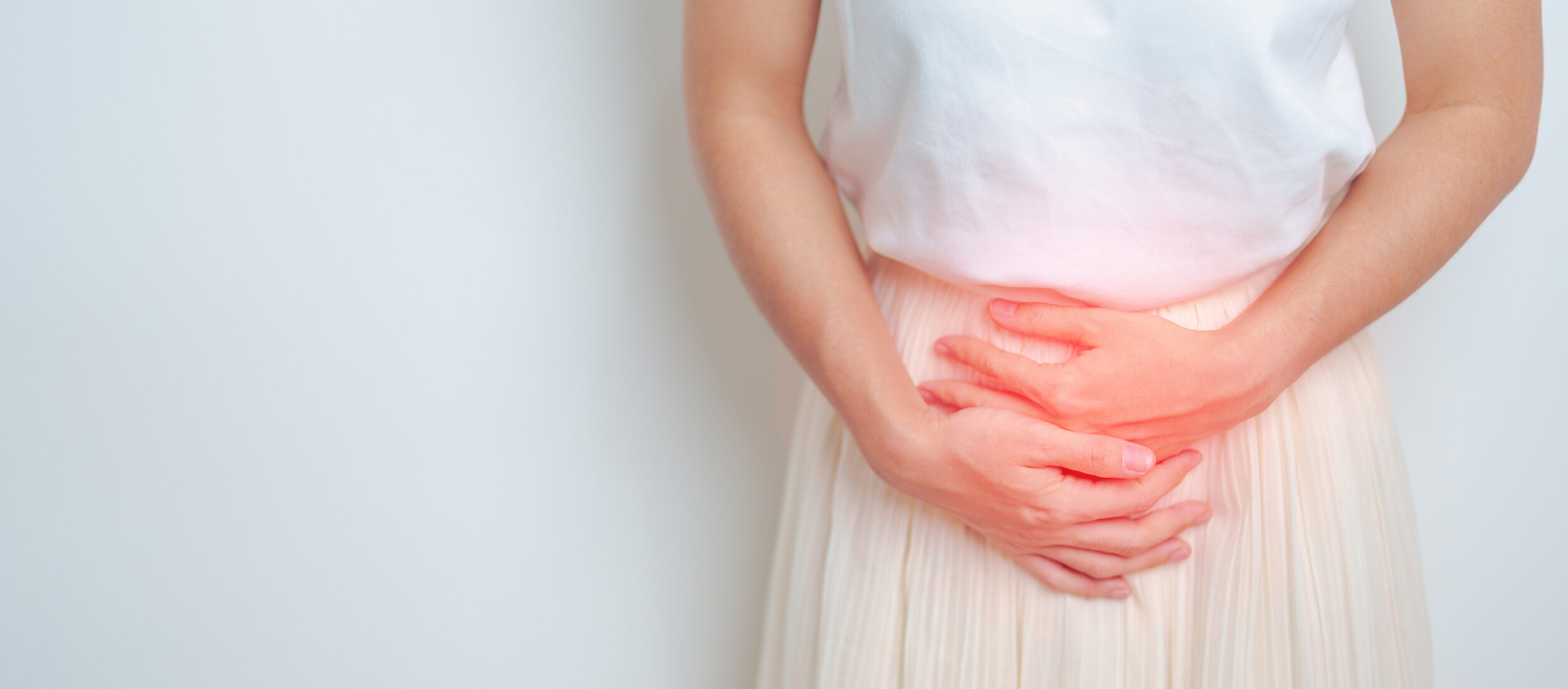It’s estimated that 20% of teen girls and over 50% of women 45 and over experience heavy and irregular uterine bleeding, which is in fact one of the most common reasons for gynecological referrals.
Dr Sarah Maheux-Lacroix, a gynecologist, clinical researcher and professor at the CHU de Québec-Université Laval Research Centre, has made it her mission to improve the care they receive.
To regulate menstrual blood flow, patients are usually prescribed hormones like the ones in oral contraceptives. But for some, the bleeding doesn’t decrease or the side effects, like headaches, weight gain and an irregular cycle, are too severe. In those cases, the alternative is endometrial ablation.
What if there was a less invasive solution? Dr. Maheux-Lacroix and her team considered hormonal IUDs: reversible contraception that limits hormone release in the uterus (Levonorgestrel). Their results showed that the younger the patient, the more effective an IUD is in reducing bleeding.
The researchers also looked into the causes of bleeding, including polyps (skin growths in the cervix) and fibroids (benign uterine growths), and identified a new and often overlooked explanation: the cesarean scar defect. This small pouch develops in the abdominal incision and can retain menstrual blood, disrupting and extending periods and causing pain and fertility problems. They found that scar defects, polyps and fibroids could all be removed by hysteroscopy, which enables the surgeon to look inside the uterus using a small camera inserted vaginally. Compared with laparoscopy, which involves making small incisions in the abdomen to access to the uterus, the technique just as effective and less invasive
The Society of Obstetricians and Gynaecologists of Canada and the International Federation of Gynaecology and Obstetrics have drawn on Sarah Maheux-Lacroix’s findings to improve the diagnosis and treatment of abnormal uterine bleeding.
References:
Bergeron, C. et al. (2020). Endometrial ablation or resection versus levonorgestrel intra-uterine system for the treatment of women with heavy menstrual bleeding and a normal uterine cavity: a systematic review with meta-analysis. Human Reproduction Update, 26(2), 302-311.
Maheux-Lacroix, S. et al. (2016). Imaging for Polyps and Leiomyomas in Women With Abnormal Uterine Bleeding. A Systematic Review. Obstetrics & Gynecology, 128(6), 1425-1436.
Maheux-Lacroix, S. (2018). The need for further surgical intervention following primary hysteroscopic morcellation of submucosal leiomyomas in women with abnormal uterine bleeding. Australian and New Zealand Journal of Obstetrics and Gynaecology (ANZJOG), 58(5), 570-575.




